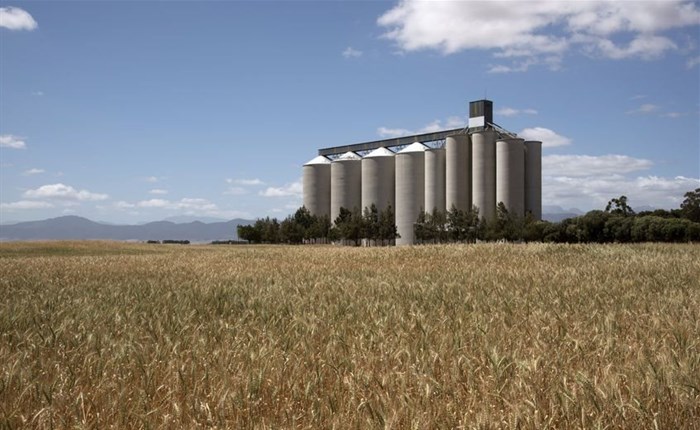Facing unprecedented levels of global uncertainty with a muted growth outlook, amid elevated inflation, and accelerated policy normalisation, the South African Reserve Bank (Sarb) continued its tightening cycle this time with 75 basis points on Thursday, 24 November 2022.

Source: ©Peter Titmuss via
123RFThis brought the repurchase rate to 7% effective from 25 November 2022. Domestic growth headwinds include severe energy constraints and logistics challenges that impede export performance.
The higher interest rates obviously mean increased debt-serving costs for farmers in an environment of elevated input costs in the form fuel, fertiliser, pesticides, and herbicides prices. The overall impact is for margin compression in the agriculture sector with industries such as citrus and livestock severely affected.
Citrus faces a difficult export season with weak international prices and elevated logistics costs particularly higher container freight biting into farmer net realization. Industry players indicate a potential increase in the number of growers that would struggle to reach break-even point. In the livestock sector, prices of grain and plant protein crops used for feed manufacturing have surged to record levels thus raising costs and eroding producer margins.
While grain farmers and oilseed farmers are still operating under relatively high commodity prices, input costs are also elevated. The past two seasons were relatively good for grain farmers with bumper crops and higher commodity prices boosting revenues as evidenced by the strong machinery purchases for the year-to-October 2022, rising by 25% year-on-year to 8,074 units.
Higher interest rates may curtail further purchases and the necessary replacements of machinery and equipment in the sector. Nonetheless, the agriculture outlook remains positive with excellent seasonal conditions that will potentially deliver another massive crop for the 2022/23 summer crop season.



































